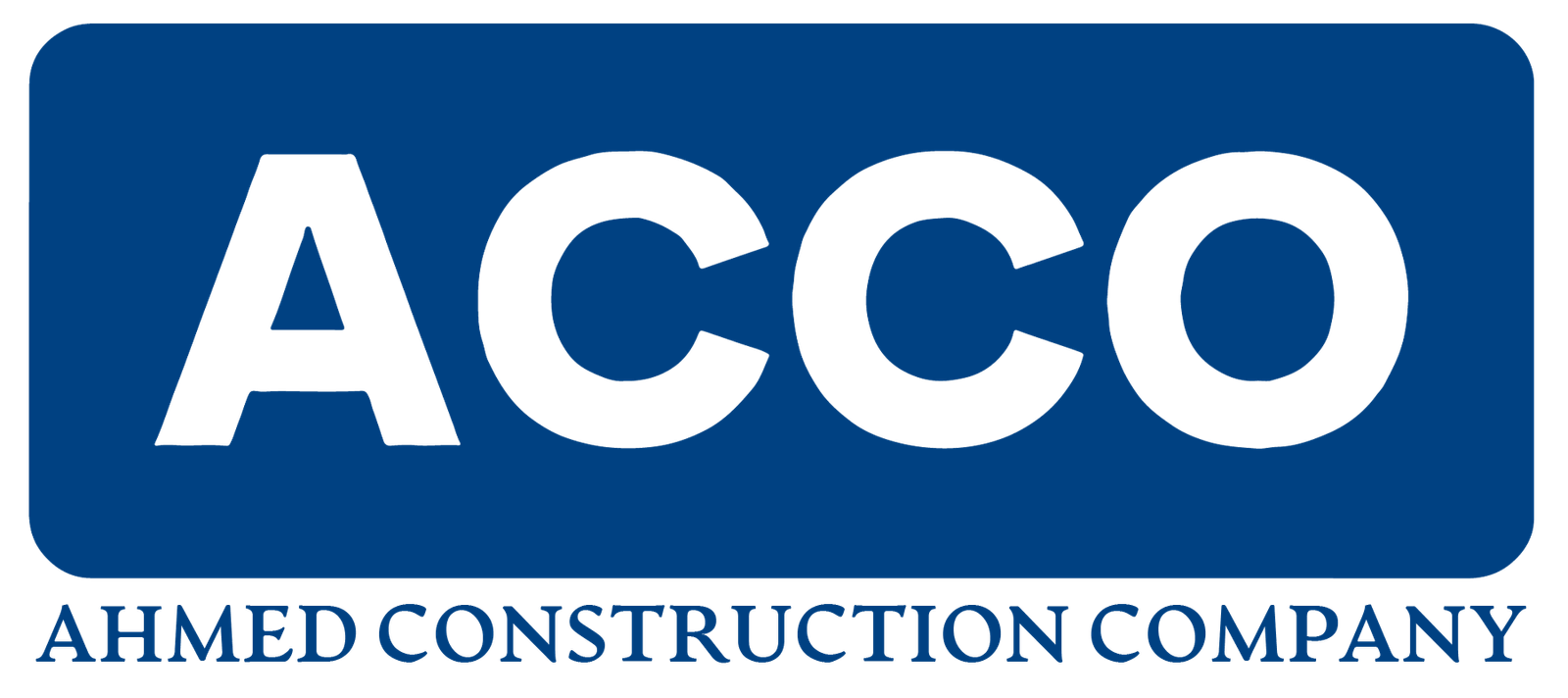
Safe & Functional Hospital Design in Pakistan: A Complete Guide
Introduction to ACCO Construction
At ACCO Construction, we specialize in designing and building state-of-the-art healthcare facilities across Pakistan. With over two decades of experience and a reputation for excellence, we are based in Lahore and offer nationwide services tailored to meet the most demanding healthcare design standards. Our team of architects, engineers, and healthcare consultants delivers innovative solutions with a focus on infection control, fire safety, ventilation, and overall hospital functionality.
Whether it’s a 50-bed district hospital or a multi-story urban medical center, ACCO is your trusted partner for safe, compliant, and efficient hospital design and construction.
🏥 Introduction to Hospital Safety & Function
In today’s healthcare landscape, hospital safety and functionality have never been more critical. A well-designed hospital isn’t just about aesthetics—it’s about saving lives, ensuring staff efficiency, and providing patients with a healing environment.
In the Pakistani context, many hospitals face challenges like overcrowding, poor ventilation, lack of fire safety protocols, and inadequate infection control. With rising demand for modern healthcare services, incorporating global standards into local infrastructure is essential.
🔍 Key Components of Hospital Safety & Function
1. Infection Control in Hospital Design
Infection control is a top priority in healthcare architecture. Poor design can accelerate the spread of bacteria and viruses, putting lives at risk.
Strategies for Infection Control:
Zoning: Separation of clean, semi-clean, and dirty zones
Hands-free Doors & Sinks: Minimizes contact
Dedicated Air Handling Units (AHUs): Especially for ICUs and isolation rooms
Antimicrobial Surfaces: Reduces pathogen survival
UV-C Lighting: For disinfection in HVAC systems
Learn more on Pakistan’s healthcare infection control guidelines.
2. Hospital Design Fire Safety
Fire safety in hospital design is governed by standards set by organizations like the NFPA and must be localized to meet Pakistani bylaws.
Key Considerations:
Fire exits with clear signage
Smoke control and sprinkler systems
Fire-rated walls and doors
Integrated fire alarm systems
ACCO follows NFPA-101 standards adapted to local building codes.
3. Hospital Circulation Design
Efficient circulation design supports movement of patients, staff, and equipment with minimal cross-contamination.
Design Approaches:
Separate corridors for patients, staff, and supplies
Clear signage & wayfinding
Dedicated elevators for emergency and surgical transport
4. Acoustic Design in Hospitals
Noise pollution can stress patients and hinder recovery.
Acoustic Features:
Acoustic ceiling tiles and wall panels
Sound-dampening flooring
Quiet HVAC systems
5. Ventilation Design in Hospitals
Proper ventilation prevents airborne disease transmission and ensures comfort.
Ventilation Guidelines:
HEPA filters in critical areas
100% fresh air circulation in operating rooms
Pressure differentials for isolation rooms
6. Lighting Design in Hospitals
Lighting influences mood, performance, and healing.
Lighting Considerations:
Natural daylight for patient recovery areas
LED lighting with dimming controls
Task lighting in operating and diagnostic rooms
7. Accessibility in Hospital Design
Inclusive design is both a legal and moral requirement.
Accessibility Features:
Wheelchair ramps and accessible restrooms
Braille signage for the visually impaired
Wider corridors and doors
Low-reach switches and handrails
✅ Pros & ❌ Cons of Modern Hospital Design Elements
✅ Pros
Enhanced infection prevention 🦠
Improved patient and staff safety 🚨
Better accessibility for all users ♿
Efficient staff workflow and reduced stress 😌
Higher compliance with international healthcare standards 🌍
❌ Cons
Higher initial construction costs 💸
Requires trained staff for complex systems 🧑⚕️
Ongoing maintenance needed 🛠️
Time-consuming approval process 🕒
❓ Frequently Asked Questions (FAQs)
Q1: What is the most important factor in hospital design? A: Infection control is often the top priority, followed by circulation, fire safety, and accessibility.
Q2: How does ACCO ensure hospital safety during construction? A: We follow international codes, conduct regular site audits, and use hospital-specific materials and methods.
Q3: Are Pakistani hospitals required to meet fire safety standards? A: Yes. The Building Code of Pakistan mandates fire safety systems in all public buildings, including hospitals.
Q4: Can older hospitals be renovated for safety and functionality? A: Absolutely. ACCO offers retrofit and renovation services that meet modern safety and health standards.
Q5: What’s the average cost of designing a safe hospital in Pakistan? A: It varies, but ranges from PKR 4,000 to PKR 8,000 per square foot depending on specifications.
🏁 Final Verdict
Designing a safe and functional hospital is not just about compliance—it’s about care. From infection control to acoustic and lighting design, each element contributes to better healthcare outcomes. ACCO Construction combines innovation with experience to deliver world-class hospital design solutions in Pakistan.
Whether you’re planning a new hospital or upgrading an old one, ACCO is your ideal partner.
🔗 Internal Links
🌐 External Links
📞 Call to Action
Ready to build or upgrade your hospital facility with the latest safety and design features? Contact ACCO today for a free consultation!
📞 Phone: 0322-8000190
💬 WhatsApp: Chat Now
📨 Email: info@acco.com.pk
🌐 Website: www.acco.com.pk




